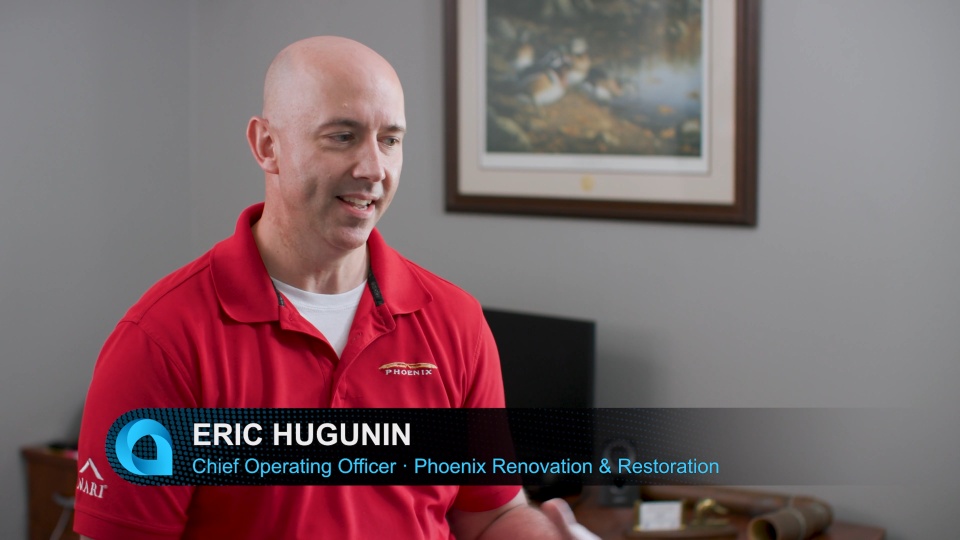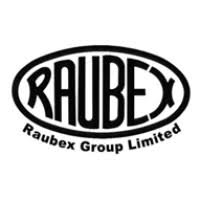Although Phoenix Renovation and Restoration is a General Contractor specializing in insurance restoration fixing damaged residential and commercial buildings and properties, its real business is restoring hope.
“We are 90% therapist, 10% contractor,” says CEO, Brad Heise. “We get a call when someone has just had their worst day or night. We are available 365 days a year and 24 hours a day. Our team needs to be good listeners and understand how to talk to someone during a difficult time.”
“We’re walking into somebody’s home,” he explains. “It’s their biggest investment, typically. It’s where their kids live or it’s their business, one mom and dad may have started 30 years ago. Now the kids oversee it, and it’s suffered a major loss of some kind. These situations are never ideal, and they are never planned.”
The faster Phoenix Renovation can restore hope, the faster its customers can recover from the unfortunate event or disaster faced, he says.
In addition to structural repairs that come from natural disasters like a tornado or flood, the Kansas and West Central Missouri-based company also handles water mitigation, mold remediation, smoke abatement, and cleaning with a full-time team of 50 and hundreds of subcontractors.
“We complete more than 1,000 projects a year that range from a few hundred dollars to more than $1 million,” says Eric Hugunin, chief operating officer. “It’s common to have more than 400 projects that are active and open at different stages at any given point in time.”
Tracking 1,000 Projects on Paper
Phoenix Renovation’s line of business requires heavy project management and coordination. Doing the heavy lifting on a project that can include insurance adjustors and agents, property managers or homeowners, facility managers, municipalities, colleges and universities, state school districts, and large corporations, among others.
Working on hundreds of projects at once and tracking all the vendors involves attention to detail, just by sheer complexity and volume. Previously, Phoenix Renovation used QuickBooks and spreadsheets to run its financial operations. “It was literally at the point of imploding,” says Hugunin.
“We were very paper based and had user limitations in QuickBooks because we only had 7 or 8 seat licenses,” he says. “Project managers and people in the field were very reactionary versus proactive because of this. This made it a challenge for the team to always be on the same page. There was a lot of independent and siloed business processes & project management happening that we weren’t aware of from an administrative standpoint, causing confusion.”
Month-end Close Took 45+ Days
Information wasn’t timely, he says, and it could take 45+ days to close a month because they had to wait for the paper backup to arrive and for credit card receipts and other expenses to get typed into the system.
“The frustrations and inefficiencies became progressively frustrating for AP and account supervisors because 40 percent of the receipts weren’t in, or a statement would come through, and the backup was still sitting on a project manager’s desk. We spent more time trying to herd cattle,” Hugunin says.
“There was a lot we didn’t know,” he adds. “There were a lot of surprises that came up. That’s not a great experience for our customers or the way we wanted to operate the business. Spreadsheets are what kept us together from a financial standpoint.”
Phoenix Renovation grew to a point where they were running five separate instances of QuickBooks. “When it came time to run statements, we had to run them separately and then combine them all in Excel,” says Aasha Cunningham, director of accounting and administration. “That was very time-consuming.”
Siloed CRM, Time & Assets
The company used a separate CRM system which did not function properly in providing field staff with reliable data. “We had to import new jobs or claims into QuickBooks from the CRM and the field staff didn’t have access to QuickBooks which created additional struggles,” she says. “They relied heavily on the administration team, especially for project financial reports that were outdated when they received them. “
“I can’t emphasize enough, how heavy the use of Excel was across the business to keep it all together,” says Hugunin. “We relied on scanned or hard copy reports that, by the time they were generated, they were already outdated. If management wanted to follow up with questions or see what red flags came up on a project, the data was already too old to make any impact. Project managers were dealing with financial aspects on their own and we had trouble figuring out where we were off.”
 Canada (English)
Canada (English)
 Colombia
Colombia
 Caribbean and Puerto Rico
Caribbean and Puerto Rico
 Ecuador
Ecuador
 India
India
 Indonesia
Indonesia
 Ireland
Ireland
 Malaysia
Malaysia
 Mexico
Mexico
 Panama
Panama
 Peru
Peru
 Philippines
Philippines
 Singapore
Singapore
 South Africa
South Africa
 Sri Lanka
Sri Lanka
 Thailand
Thailand
 United Kingdom
United Kingdom
 United States
United States








